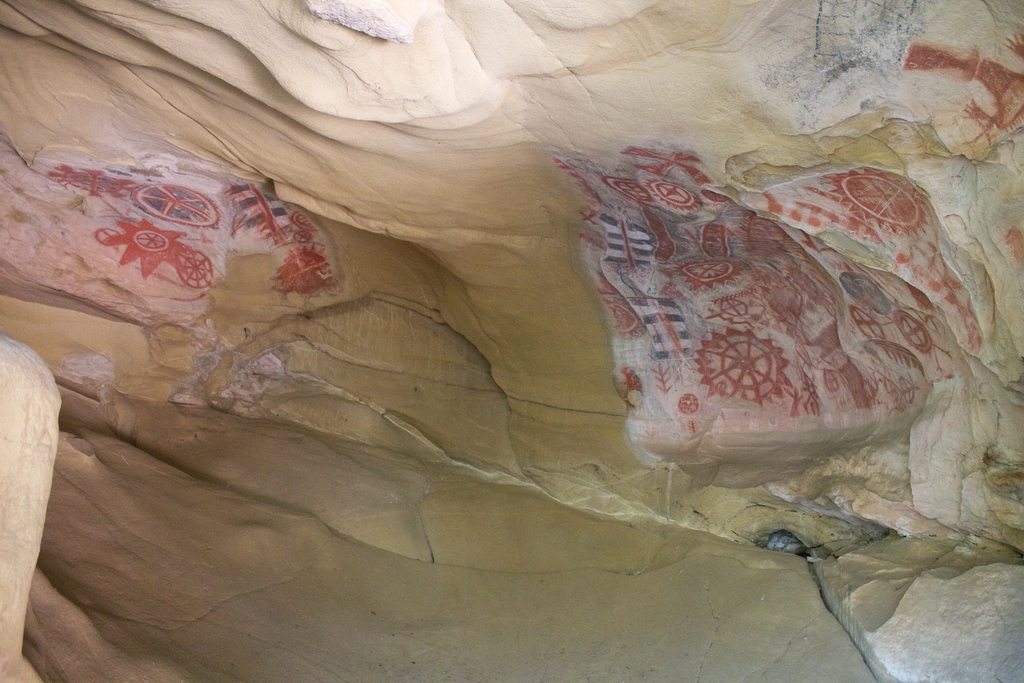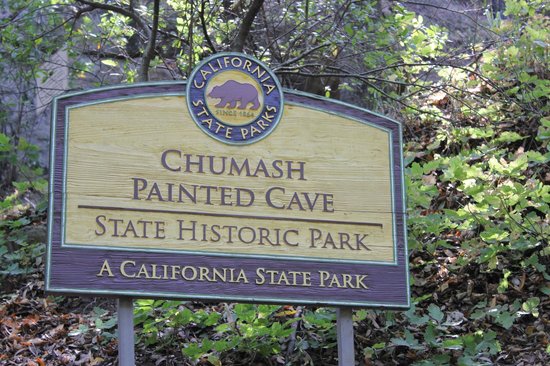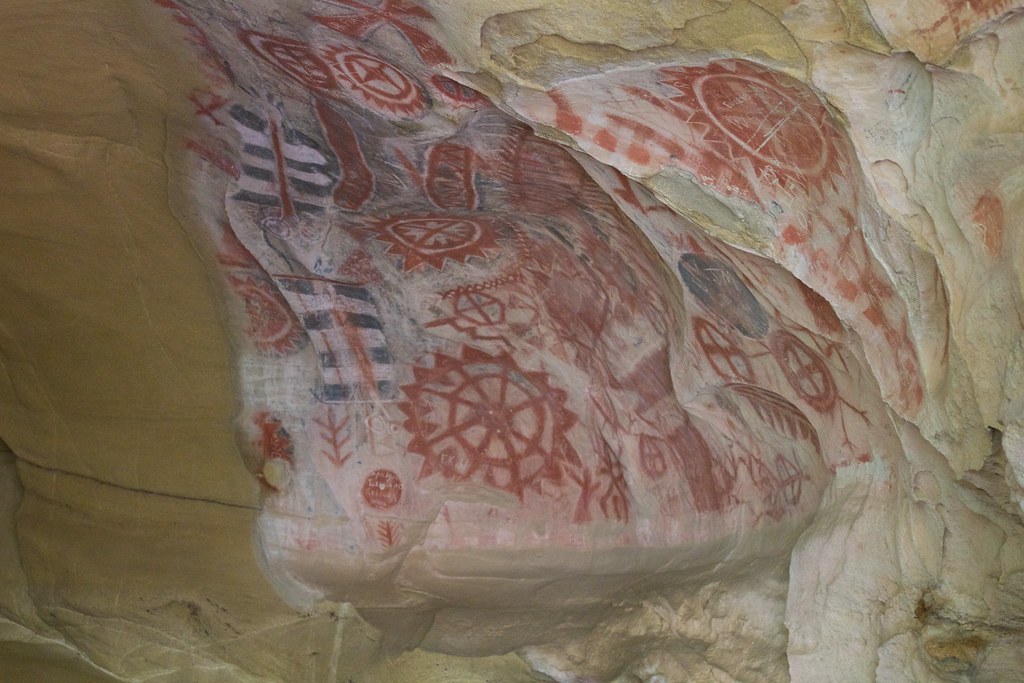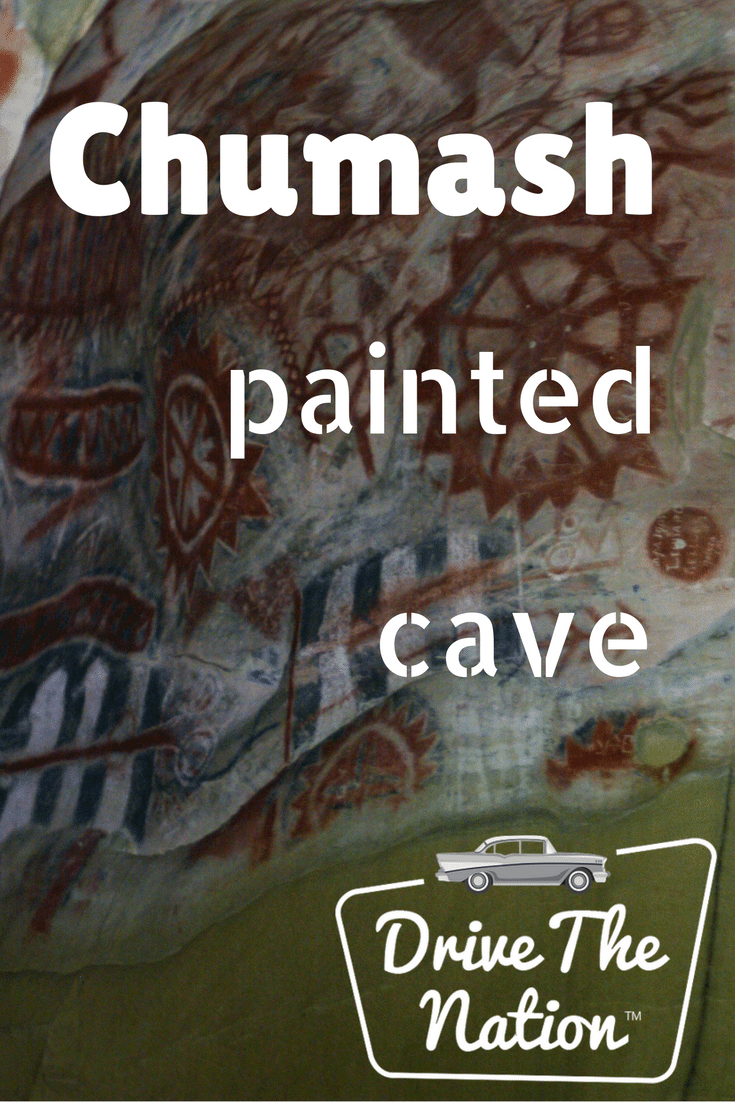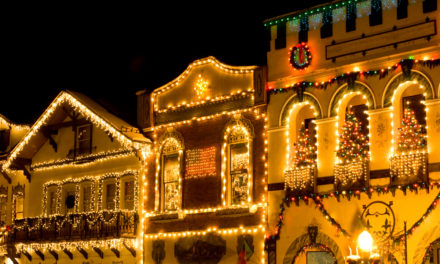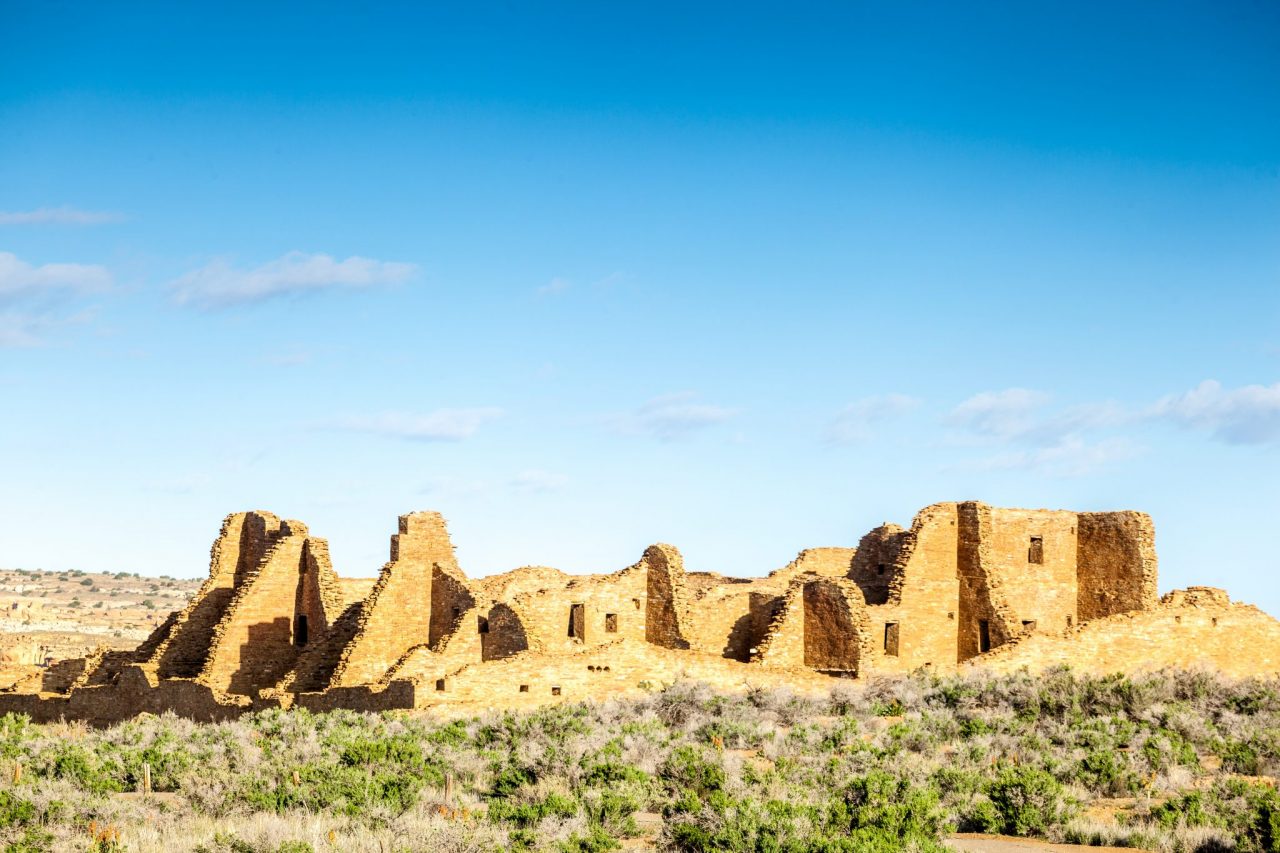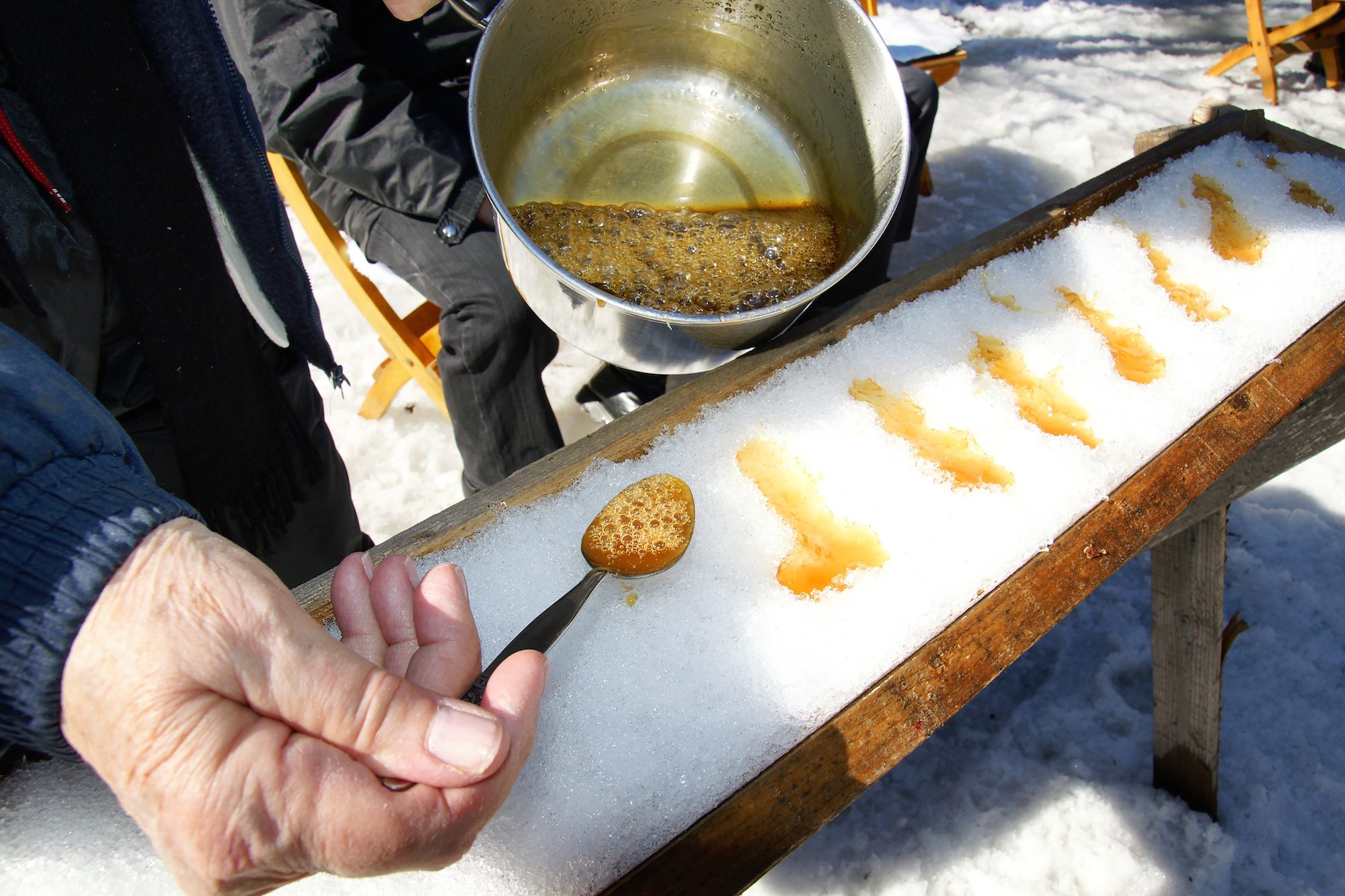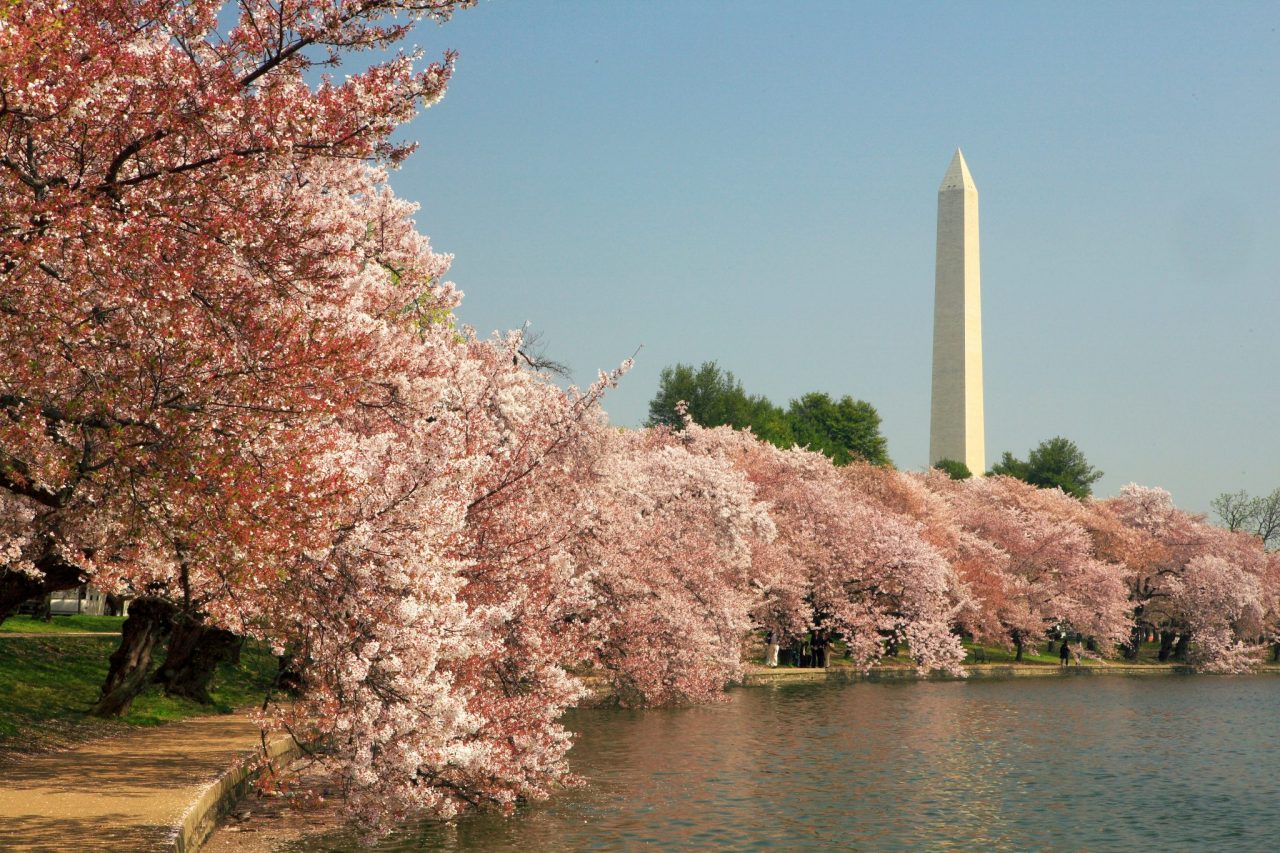Located in beautiful Santa Barbara, California, this hidden gem of a park is home to some of the last remaining cave art that was created by the Chumash Native Americans. These paintings are estimated to date back to the 1600s, if not earlier. The cave itself is quite small, and is made of sandstone boulders.
If you’re not familiar with the Chumash Native Americans, there’s plenty to learn about them. The tribe had their start in the Santa Barbara area. They were one of several tribes that took up residence along the California coast more than 13,000 years ago. The Chumash people believed that The Sky World, The Middle World, and The Water World were stacked on top of each other to form the planet, and that they inhabited The Middle World. Like other tribes, they also believed that every part of an animal and plant should be used — whether for food, clothing, or some other purpose. The tribe’s name translates to “bead maker” or “seashell people.”
The Chumash were an artistic group of people; besides handmade baskets and stoneware, they took to the cave to make their mark for future generations. The art was made using minerals that were mixed with substances like water and plant or animal liquids to bind them. Unfortunately, the meaning of the paintings have been lost over the years, and the quality has deteriorated as well. Based on what we know about the tribe, it is believed that the paintings were originally created for religious reasons.
However, members of the California State Parks department have recently teamed up with local high schools to create a detailed, three-dimensional laser scan of the cave. This not only captures the cave’s current state for posterity, but also allows visitors to see a view of the interior which is blocked off and not currently visible.
Santa Barbara’s climate is lovely year-round, making any season a great one to visit. It can be chilly in the cave (even in summer), so it’s smart to bring a sweater. The cave is open from dusk ’til dawn every day. Be especially careful when getting to the site. It’s a narrow, winding road to get there, with only a couple of parking spots. Many would say the drive to see these beautifully preserved paintings is well worth it.

